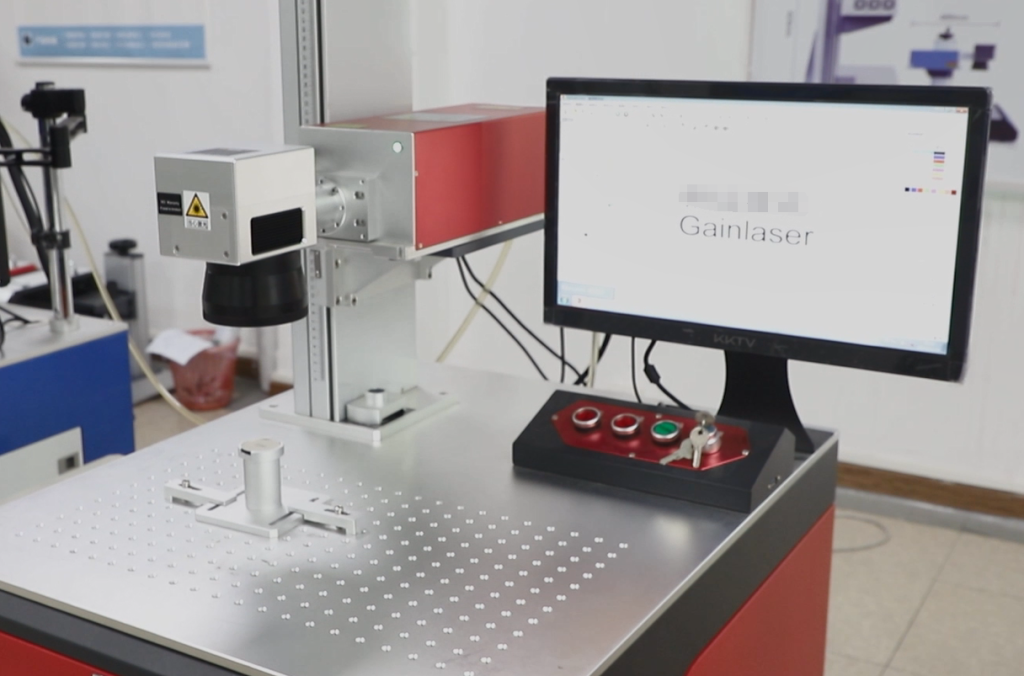1. Introduction to Laser Sources
Lasers, which are considered to be the backbone of modern optics, operate in accordance with the fundamental notions of quantum mechanics. They are distinct from other types of light sources in that they are able to generate light that is monochromatic and coherent. This affords an unprecedented level of accuracy and control. This level of control over light has made ground-breaking applications in a variety of industries, including medical diagnosis and telecommunications, amongst others.
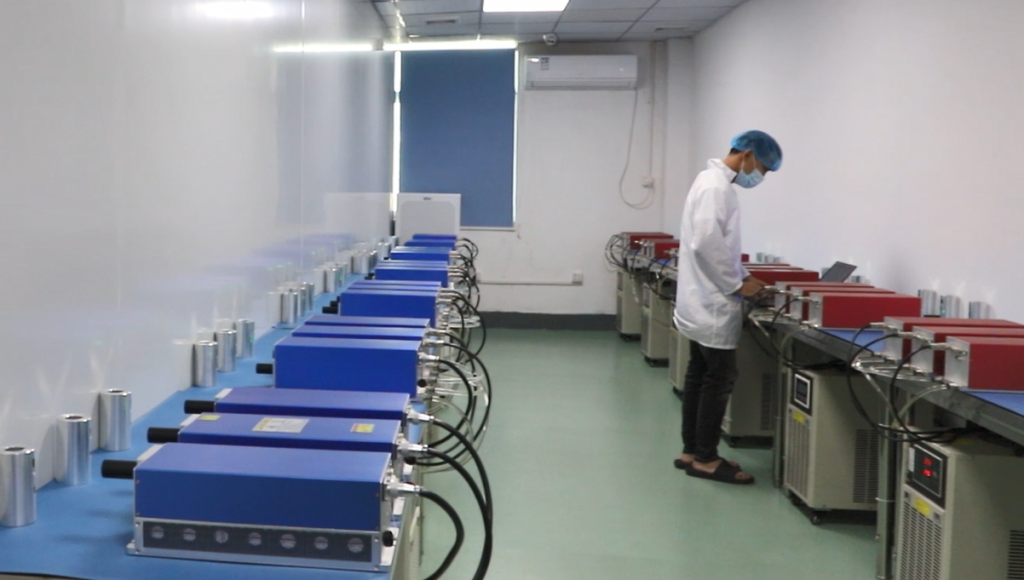
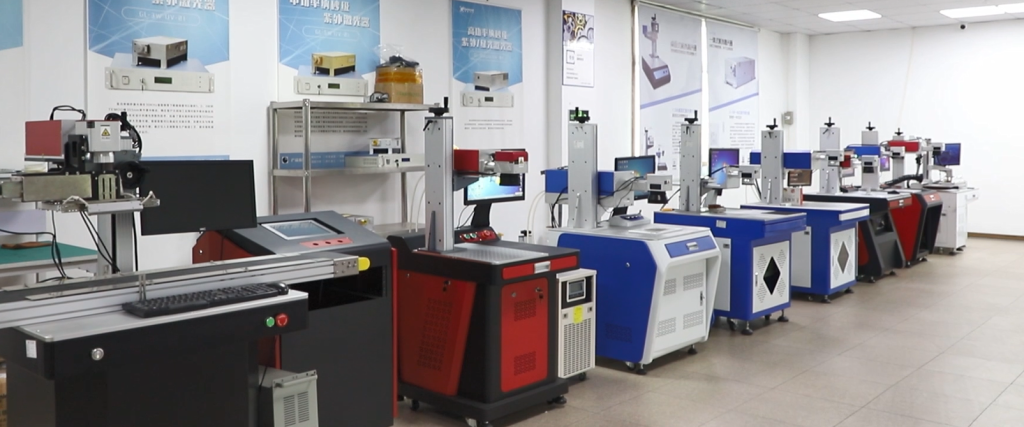
2. Historical Context
In 1917, Albert Einstein laid out the conceptual framework for what would later become known as lasers, but it wasn’t until the 1960s that this concept was put into practice. When Theodore Maiman was developing the first laser, he made use of a ruby crystal. The successful completion of the operation garnered attention on a national and international scale. At the end of the decade, various kinds of lasers, such as CO2 and helium-neon lasers, had been produced, which expanded the scope of applications that could be carried out with them.
3. Basic Principles of Laser
Lasers get their magical properties from the atoms and electrons that make up those atoms. When an outside source of energy (such as electrical or optical) is utilised, electrons experience an increase in activity and progress to higher energy levels. When they revert to their original state, they give off energy in the form of photons, which is a sort of radiant light. The primary purpose of a laser is to boost the amount of light that is expelled, which is achieved through the process of stimulated emission. The presence of mirrors at both ends of the laser device facilitates the return of these photons to the medium, which ultimately results in an increase in both emissions and amplification.

4. In-Depth: Types of Laser Sources
Infrared lasers, which operate outside of the visible spectrum, offer a variety of distinct advantages. The length of a picosecond enables applications in which only a minimal amount of thermal damage may be tolerated since it maintains a healthy balance between power and elegance. This encompasses sensitive processes, such as surgery, as well as fine etching on pliable materials. It is possible to compare the picosecond pulses to extremely precise energy.
Green lasers, which are part of the visible spectrum and provide excellent visibility to the human eye, are ideal for applications in which visual tracking would be advantageous. This is because green lasers are part of the visible spectrum. Water cooling allows for longer operating intervals, which is an essential characteristic for industrial and medical applications where reliability and uptime are of the utmost significance. Longer operational intervals are attainable thanks to water cooling.
Lasers that operate in the ultraviolet range have exceptionally high photon energy and produce light with shorter wavelengths than those that operate in the visible range. Due to the fact that they enable accurate material ablation, these energies are essential for the processes of microfabrication, lithography, and a variety of medical treatments. Air cooling is more portable and needs less maintenance than water cooling, despite the fact that it is less efficient than water cooling.
Within the realm of high-power UV lasers, there exists a type that combines the benefits of UV precision with increased power output. It is a reliable workhorse in commercial and manufacturing settings, where precise data processing as rapidly as possible is crucial.

5. Applications of Laser Sources
A Multifaceted Approach to Laser Sources, we will discuss how precision in manufacturing might be redefined. By providing unprecedented precision in material cutting, our laser sources revolutionize the concept of precision in manufacturing. These laser sources allow for the straightforward creation of complicated shapes while preserving the cleanliness and absence of burrs along the edges. This level of precision is necessary in fields where even the tiniest deviation might result in significant losses.
Our laser welding solutions are a shining example of the ideal combination of power and accuracy. They produce solid and high-quality joints, which guarantees that welded components will keep their integrity and be long-lasting throughout time. This is of the utmost importance in fields where the structural reliability of welded components is of the utmost importance.
Our laser sources are very adjustable and versatile, allowing them to accommodate a wide range of materials, including metals and non-metallic. Because of their adaptability, they are appropriate for a diverse selection of manufacturing applications, offering both flexibility and efficiency in processing various materials.
Laser cutting, powered by our sources, helps cut down on the amount of wasted material, which optimizes the utilization of resources. This lowers costs and ensures that sustainable practices are followed, making it a desirable option for businesses that want to lessen their environmental impact.
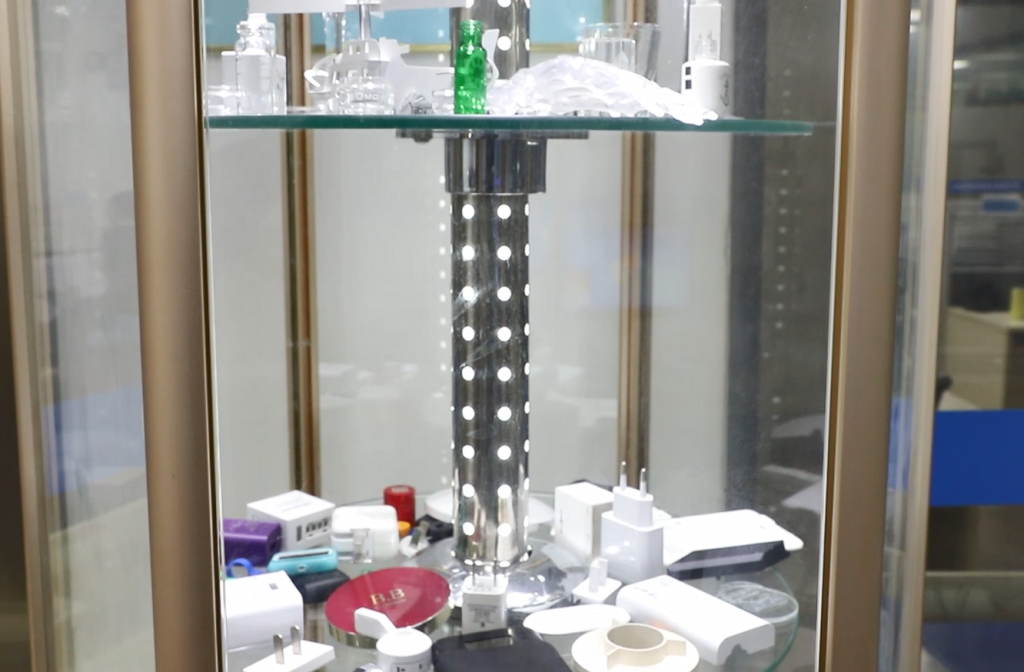
Innovation in the Forefront of the Laser Industry
Our product catalog includes a variety of laser sources that can be customized to fulfill the specific needs of various business sectors. This comprises solutions for microfabrication, marking, and engraving, which offer a wide range of applications for accurate and high-quality outcomes.
Our laser sources are unparalleled in the industries that need the creation of precise micro-components, and our microfabrication expertise is in high demand. They provide exquisite detail, which makes it possible to manufacture components on a tiny scale with a level of precision that was not before conceivable.
Enhancing product traceability and attractiveness is of the utmost importance in many industries. Our laser marking and engraving solutions not only guarantee that products can be tracked, but they also produce markings that are pleasant to the eye and remain legible over time, increasing both product value and brand recognition.

Providing a Competitive Advantage to Industries Using Laser Technology
The lifespan of components can be significantly increased by utilizing our laser cladding and coating solutions. These solutions save downtime and maintenance costs by protecting against wear, corrosion, and damage. These solutions are crucial in certain sectors because equipment lifetime is essential in specific industries.
The components treated with our laser cladding solutions perform at the highest level, increasing the total industrial efficiency. This is especially helpful in areas where reliable and constant performance is required, such as the financial industry.
Using our sources enables laser drilling to perform exceptionally well in high-speed and deep drilling applications. These solutions benefit businesses and industries that require the manufacture of holes at a rapid pace with an outstanding level of precision, as well as those who need capabilities for drilling at greater depths.
Crafting the Future of Manufacturing
Our laser sources represent the cutting edge of the most recent technological developments. They push the frontiers of what is possible and open the door to infinite possibilities in the industrial industry and beyond. This mainly significantly influences sectors where innovative thinking is essential to competitiveness.
Our laser technology ensures that precision, quality, and efficiency are scalable across industrial activities. Scalability allows for greater flexibility and adaptability. Our sources never fail to meet our expectations, whether they are working on a large-scale project or a small one with many precise elements.
We cordially invite you to investigate our extensive selection of laser solutions, each developed to meet the specific requirements of a different industry. Our approaches reflect a dedication to high standards of accuracy and originality in product development.
You Will Learn About the Excellence That Defines Our Laser Technology If You Participate in This Exploration With Us. You will get an understanding of how precision and efficiency are converging to transform the processes involved in manufacturing, thereby opening up new avenues for innovation.
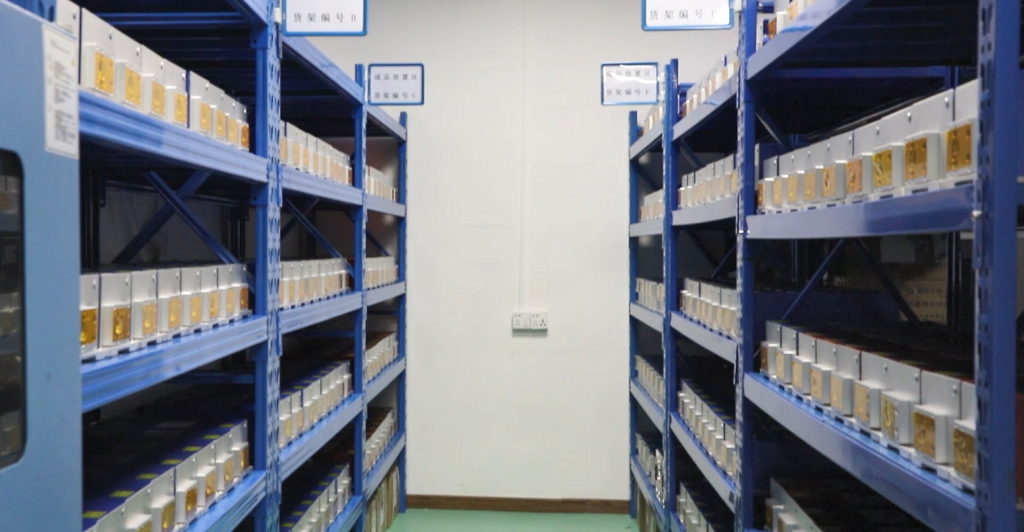
6. Future of Laser Technology
Get ready to embark on a journey where our laser sources will be your collaborators in obtaining the technological precision and quality you seek. Every single activity, procedure, and result will stand as a resounding endorsement of laser technology’s extraordinary possibilities.
Nanotechnology and quantum physics developments will likely facilitate the next step in the evolution of laser technology. The advent of quantum dot lasers brings with it the possibility of increased efficiency and miniaturization. The potential for laser-propelled spacecraft and laser-based communication beyond interstellar distances generates a lot of excitement in space exploration.
7. Conclusion
Lasers, which were once just an abstract concept, have had a significant impact on our everyday lives. The growth of their work from ruby crystals to quantum dots illustrates the ongoing quest that humans have to find new information and formulate novel concepts. The age of lasers is only beginning, and we are on the cusp of further applications that will revolutionize our world.
